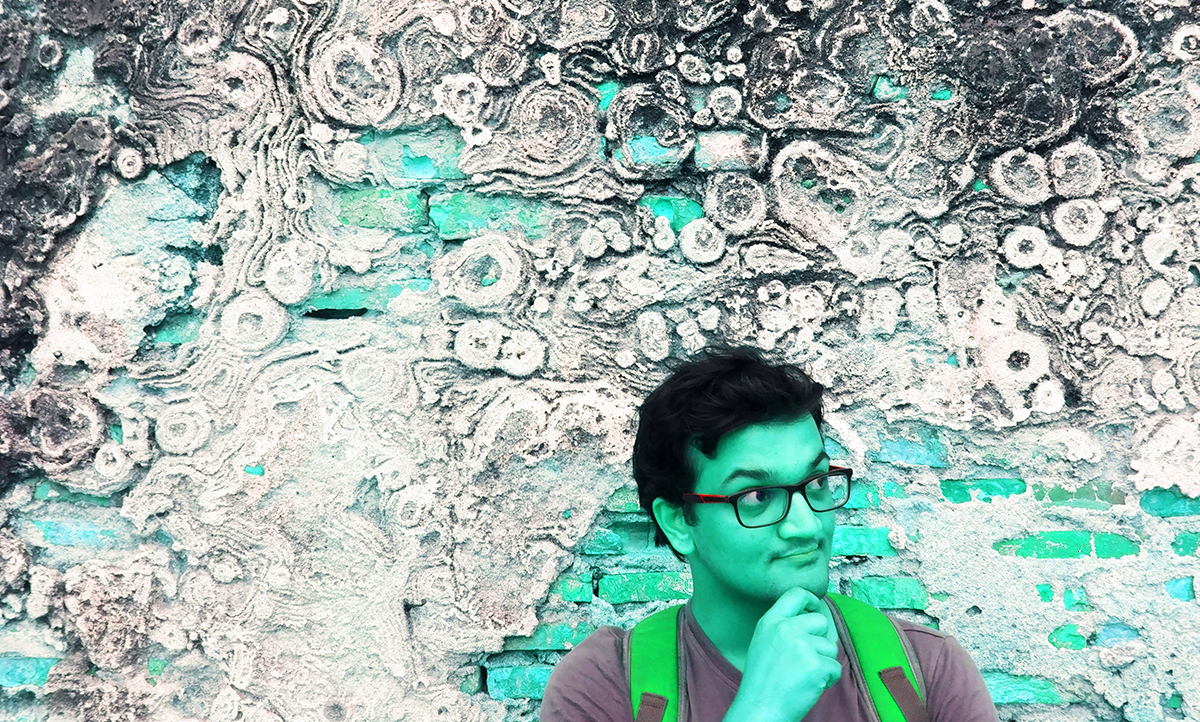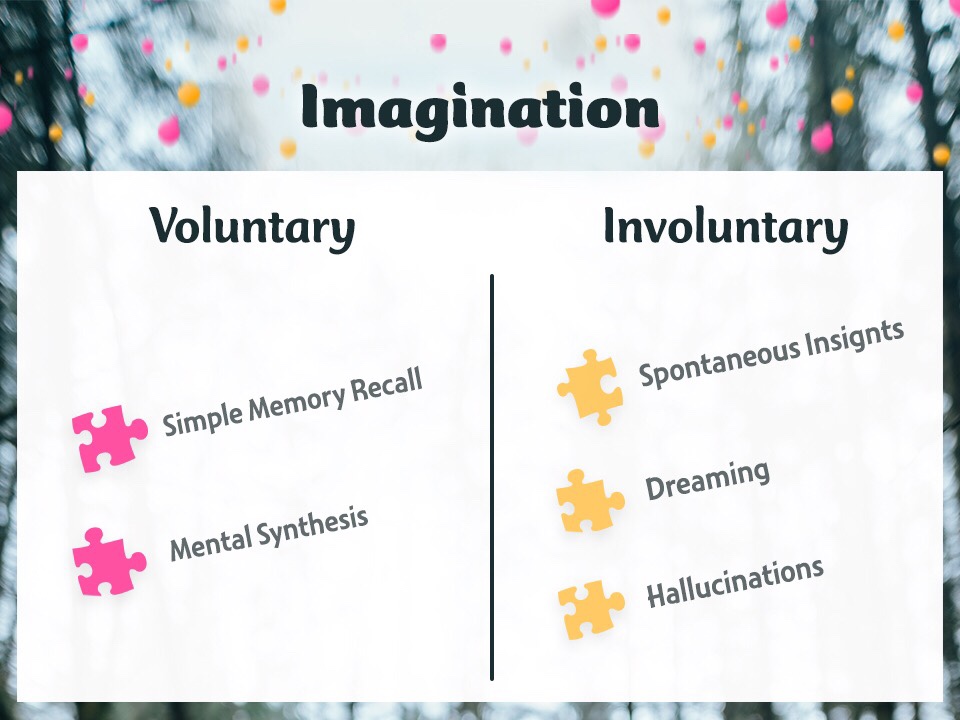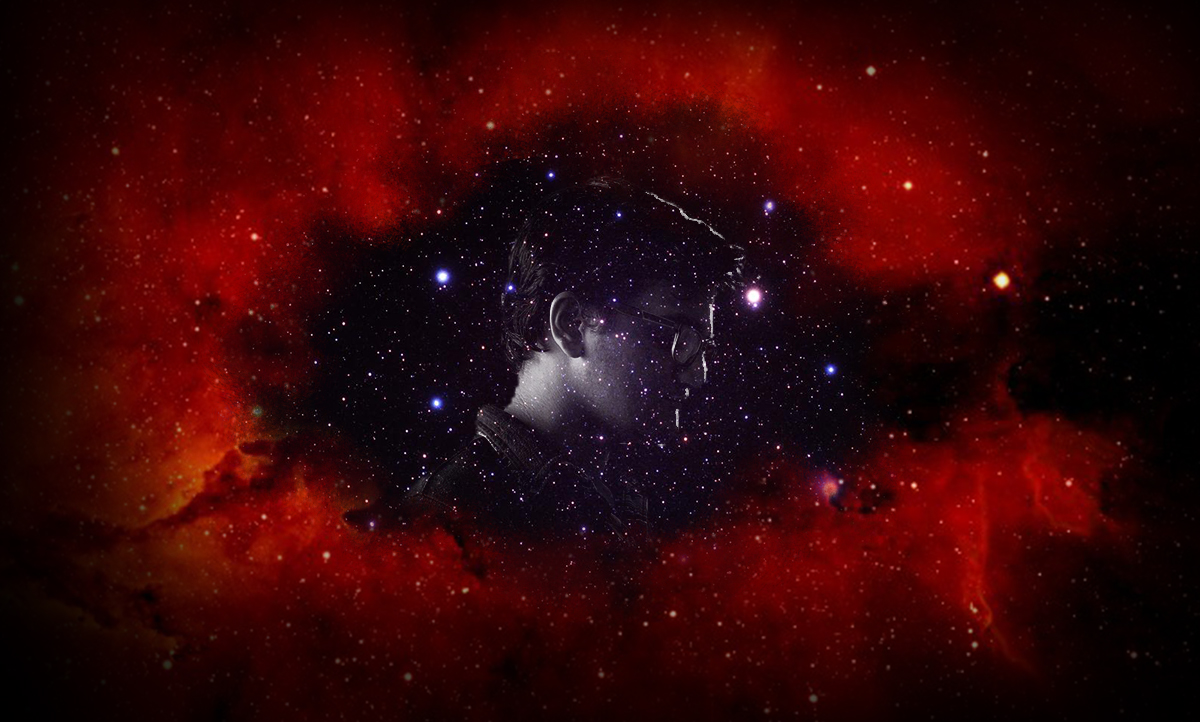Is our imagination truly unlimited?
Do you think our imagination is unlimited? Or is there any limit to our imagination?
We think, we imagine. It happens daily, all the time— yet we barely talk about it. Today, let us try to demystify “imagination” a little so that we may discover ways to become more imaginative.
First off, let us answer the earlier question; do you think imagination is unlimited?
If you answered yes, you are right. If you answered no, you are also right. How is that possible? In a nutshell, imagination is unbounded, but within a certain limit.
There is no limit to the things we can imagine, as long as we have the base knowledge and experience. That means we won’t be able to imagine certain things if we do not have the base knowledge in the first place.
For example, can you imagine a new color? Close your eyes and try it now.
It is impossible to imagine a “new” color because we do not have any base knowledge on how a new color would look like. There are of course the physiological and physical explanation for that, but you get the point. Let me give you another example: can you imagine a new emotion? It is difficult because you have never experienced it, and you only have a very limited base experience of existing emotions.

Imagination is connections of your existing knowledge and experience, stored in the form of memory. Although Pegasus might not exist, you can imagine them because you have the base knowledge of how a horse and bird wings look like, and you have the variable properties to alter from the base knowledge such as size, shape, color, and so on. However, color is the property itself; that’s why even if you have seen a thousand colors and have enough base knowledge, you cannot imagine a new color as there are no adjustable variables to change. In other words, there are no connections you can make to “imagine” a new color.
Imagination, creativity, and innovation
What is the difference between imagination, creativity and innovation?
As mentioned earlier, imagination is heavily dependent on our memory, which stores our existing knowledge and experience. Imagination is essentially the connections we make. The product of those connections, in the form of a mental image, is referred to as imagination. Mental imagery is not the only thing imagination can construct or reconstruct; in fact, we can imagine the whole experience involving all our senses including sound, taste and smell. Even ideas can be reproduced inside our mind with our mind’s eyes. Creativity— as Eric Liu says in his book Imagination First (2009)— is a practical process of creating something from imagination. When you have an outcome from your imagination, it is called creativity; be it an idea or in the form of physical output. Innovation follows, which is also known as novel or advanced creativity applied. In other words, it is using your creativity to introduce something new.
Dissecting the concept of imagination
The connections that make imagination possible is known as a neural ensemble by the neuroscientists. These connections could happen either voluntarily or involuntarily. Voluntary imagination happens when you seek a deliberate thought. You search through your memories for patterns that seem related. You make connections to “imagine” something. This is partly a subconscious process, but it’s different from the involuntary imagination, which mainly happens when you are dreaming, or even when you are daydreaming.
There is also a simple memory recall, which is also a part of voluntary imagination. It happens when we try to “remember” our past experience and knowledge from a “dismembered” memory stored in our brain.

However, these are only part of the theories. We know that voluntary imagination is driven by Prefrontal Cortex (PFC), but scientists are still trying to find how exactly our brain works to construct and reconstruct the mental images from our existing knowledge and experience.
But hold on a second. If imagination is knowledge and experience based, why is it that young children are so imaginative? One of the reasons for this is because they have less prejudice, and they are more open to different ideas and concepts as they generally have less knowledge and experience. We already know what a stapler does, but if a child saw a stapler for the first time, he might come up with unexpected use of the stapler. He might make unexpected connections, because he “doesn’t know” the conventional way of using a stapler.
How to become more imaginative?

Now that we have a better idea about the nature of our imagination, let us look at some of the things we can do to help us become more imaginative. There are countless ways of course, but here is a list to give you some ideas.
Remember that everyone is different, and some of these might be less effective to you, so it is best to try out and see which ones you are more comfortable with.
- Watch a movie without sound
Muting the sound forces our brain to guess the dialogues. - Re-explore what you already know
We tend to ignore what we already know, we stop exploring because we think we already know. Try to rediscover it from scratch - Think inside the box
It is good to think outside the box but sometimes that box (or certain limitations) can be incredible prompts to the imagination. - Read books
As we have explored earlier, imagination is based on existing knowledge. Having more Lego pieces expands possibilities of things you can create; having more knowledge and experience will expand your imagination. Listening to storytelling or narratives is also a way to go. - Train your long-term memory
Since these knowledge and experiences are stored in the form of memory, training your memory will increase the amount of accessible information for you to make more connections and imagine. There are countless ways to train your memory; one popular way is using the mind palace technique. - Travel
Seeing and experiencing new things will extend your base knowledge and experiences. It’s also a good idea to record your journey in some form like a journal or a sketchbook. - Listen to stories
Listening to people’s story, or storytelling, is another common way to train your imagination. Try to imagine the scene as vividly and as detailed as you can.
We have only scratched the surface of an iceberg. There is a lot more to explore, including how dreams affect our imagination, how our imagination could affect the physical world, how emotion and intuition impact our imagination, the list goes on— but those are for another article. If you are interested in how imagination is related to bigger things like the economy, society, education etc., you can read more about them in Imagination First by Eric Liu and Scott Noppe-Brandon.
References:
Christensen, T. (2010). Imagination is not creativity. [online] Creative Something. Available at: https://creativesomething.net/post/452327772/imagination-is-not-creativity [Accessed 15 Dec. 2018].
Lehrer, J. (2012). Imagine. [Grand Haven, Ml]: Brilliance Audio.
Liu, E., Institute, L., & Noppe-Brandon, S. (2009). Imagination first. San Francisco, Calif.: Jossey-Bass.
Saunders, T. Types Of Imagination. Retrieved from https://dragonintuitive.com/types-of-imagination/
Thomas, N. (2006). Imagination, Mental Imagery, Consciousness, Cognition: Science, Philosophy & History. Retrieved from http://www.co-bw.com/BrainConciousness%20Update%20index.htm
Other Sources:
http://www.bbc.com/reel/video/p06qhcmy/how-to-improve-your-memory-s-flaws
https://www.bbc.co.uk/programmes/p00548lc


You must be logged in to post a comment.